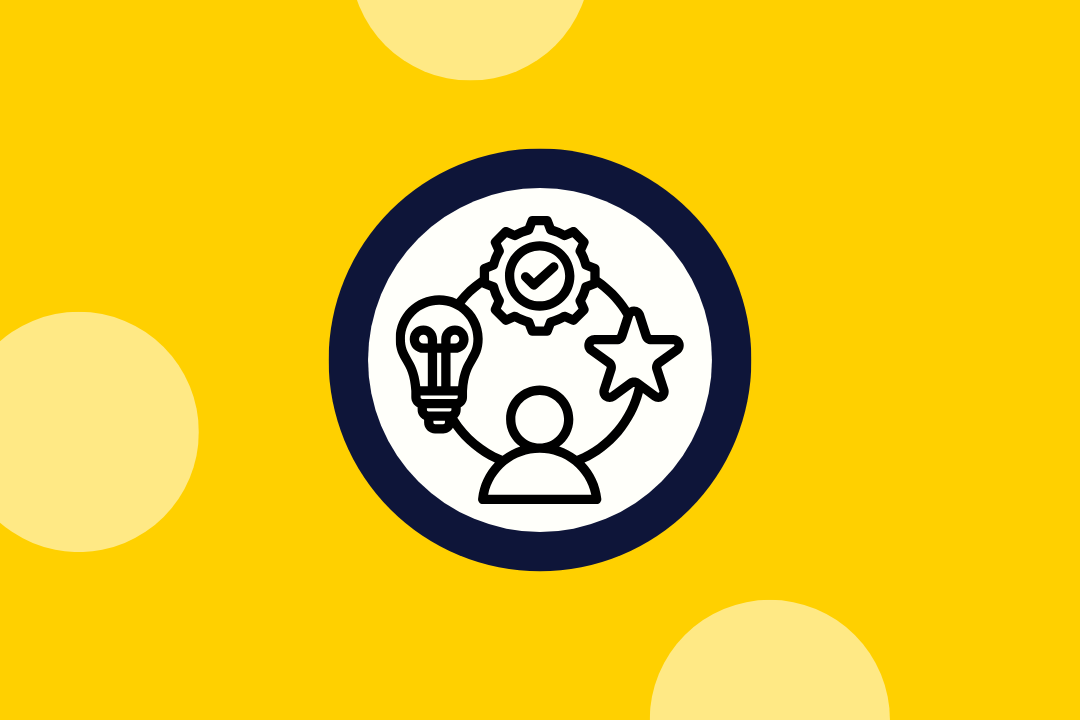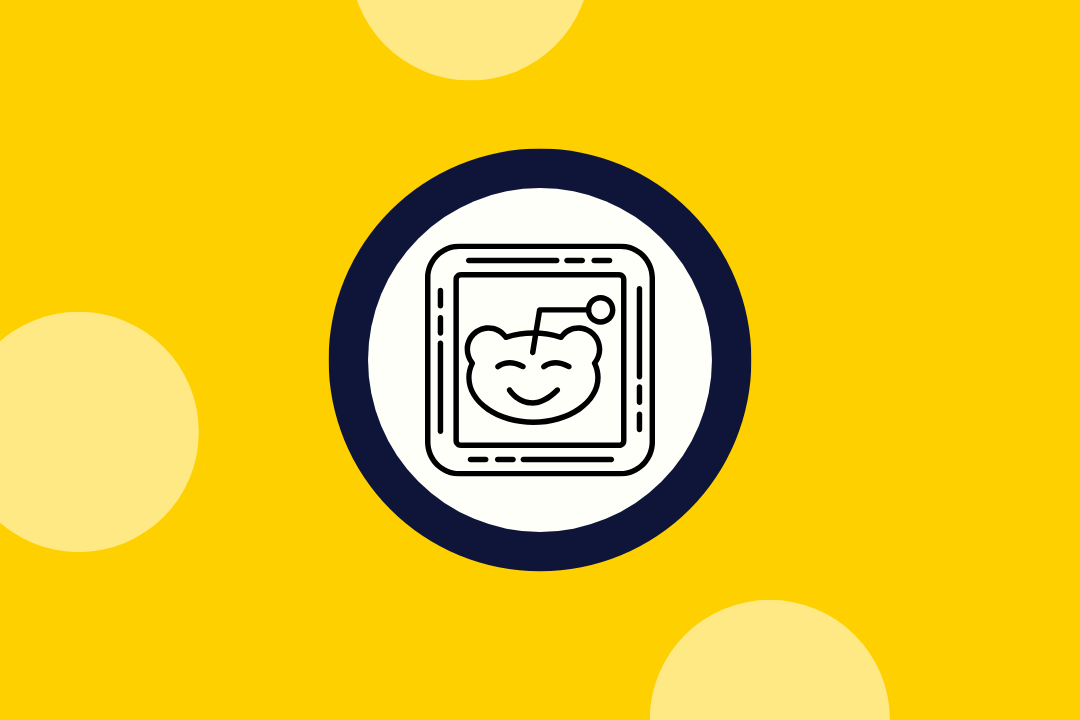Does Community Marketing Make Sense for Your Brand?
Published
October 19, 2020
Updated
July 6, 2021

If you’re a marketer in 2020, you’ve probably noticed: Community has become serious business.
When the world went virtual in March 2020, online communities were perfectly poised to fill the sudden need for connection and support. From small business owners looking for help navigating emergency loans, to working parents seeking homeschooling tips, to freelancers wanting to dial-up their networking efforts—there’s a community for everything. And often, a clever brand behind it.
In both good times and crises, community can do great things for your brand. But be wary of the bandwagon—investing in community marketing isn’t for everyone.
In this post we’ll explore:
- What qualifies as a “community”?
- What industries and business models are better positioned to see a positive ROI from community marketing?
- Does growth stage and brand power matter when launching a community program?
What Qualifies as a “Community”?
There are countless definitions of community, the most general being: the condition of sharing or having certain attitudes and interests in common.
With that in mind, you could argue that practically any business, brand, or product could build a community around itself.
But these days, the ‘community’ buzzword has been appropriated as marketing speak for a brand’s Instagram followers or customer base. So—what makes a brand community different from just a social following or mailing list?
Community marketing is focused less on quick wins and CTAs (clicks, conversions, sign-ups) and more focused on supporting the long-term marketing strategy via:
- Brand awareness and alignment. While your Ideal Customer Profile (ICP) can easily ignore your ads or cold calls, they may be more receptive to the content and programs your community has to offer, which still exposes them to your brand, albeit more subtly.
- Relationship building and management. Having a community that's attractive to your ICP lets you engage with your audience along every stage of the funnel. You can reach new prospects, nurture current customers, and develop advocates and super users under the umbrella of community. Aside from building relationships directly with your audience, communities catalyze relationships between your audience, allowing for cross-pollination between prospects, customers, and advocates.
- Demonstrating thought leadership and expertise. If your brand claims to have the BEST XX in XX industry, having a breadth of content, created by your brand and/or your community members, supports this claim and makes your product more legitimate.
That said, your social media presence, blog, and newsletter are channels to support your community program, but don’t add up to a community on their own. To reap the full benefits of community marketing, there needs to be a long-term, multi-channel strategy.
And at the end of the day, community marketing needs to contribute to key business objectives, so you’ll want to define at least one North Star metric that community is accountable to (e.g. number of leads, MQLs, or revenue generated from first-touch community attribution.)
What Types of Brands or Business Models are Best Positioned to See a Positive ROI from Community Marketing?
If you think of community as an ecosystem of prospects, customers, and advocates, where the goal is to nudge them further down the funnel of engagement (from awareness to consideration, passive to active users, customers to advocates...), ROI is fairly straightforward to track. Are those conversions happening? How quickly, and at what cost?
Let’s take an example from the B2C industry: Lululemon hosts free yoga classes in their stores, as part of their community marketing program. They can then track the activity of registrants and attendees on a 30-60-90 day basis, to see who “engages”, i.e. visits their website, subscribes to their newsletter, mentions them on social, makes a purchase, attends another event, etc.
Or let’s look at a B2B community, like CFO Connect by Spendesk, which attracts members with thought leadership content, events, and networking for finance leaders. We can segment the community by prospects and customers, and track metrics for each group, such as new pipeline generation and customer retention correlated to community membership.
Even if your business model doesn’t fall neatly into the B2C or B2B category—say, you’re a venture capital firm who’s community marketing goal is pure brand awareness—you can still measure ROI in terms of audience growth, social and media mentions, and awareness surveys.
Another factor to keep in mind when setting ROI expectations is customer decision cycle lengths.
Sticking with the same examples, Lululemon could potentially see instant impact from community engagement (we’re talking hours, days), vs. a B2B software product where you’d track community conversion metrics every 3-6 months, and a venture capital firm where you could wait years to see the payoff from investing in community (in the form of new portfolio companies attracted via community, for example).
So the question is less about what your company does or sells, but more about how community should contribute to your overall business goals, and defining one North Star metric that matters most, regardless of payback time.
It goes without saying that internal stakeholder buy-in (including committed budget and resources) is essential to building a successful program. Community will frequently need to liaise with Design, Data and Operations, Sales, and Content—to name a few—so it’s important that the entire organization is aligned and ready to contribute to Community projects.
Lastly, you’ll want to set expectations on the timeframe for testing a community marketing program—12 months at a minimum—to get an early indication of ROI.
Do Growth Stage and Brand Power Matter When Launching a Community Program?
Many brands decide to create a community once they’ve hit a critical mass of users or customers with whom they want to further engage. Take Salesforce, for example. Once the brand was a household name, they launched their Trailblazer community, to foster knowledge exchange around their product.
Having a large user base and brand recognition certainly makes community building easier, but it’s not a prerequisite.
For some brands, community can be used to supercharge growth from the get-go.
Let’s look at Yelp. From nearly Day 1, Yelp created the Yelp “Elite” community to reward their most active contributors, who were generating an outsize amount of the reviews on Yelp (and without user reviews, there is no Yelp). By engaging with these super users early on, Yelp stoked the UGC content machine that is essential to its business model.
Similarly, community building isn’t dependent on your company’s growth stage (and funding). Communities can be built on a shoestring budget, with minimal tools, and still be successful. Going back to the Yelp example, their early community events were casual happy hour meetups, with the goal of connecting users to each other and bonding over a shared interest in discovering great local businesses—which, in turn, inspired more content creation.
Community is becoming a more compelling piece of the marketing puzzle, especially in our current crisis context. And the rise of community management and measurement tools are making it easier (and more cost-effective) than ever to create an impactful community program for your brand.
In our next post in this two-part series, we dive into how you can build an “MVP community model”, the top tools to consider, and some common (and less common) community KPIs to track.
Interested in exploring community marketing for the first time, or looking for help scaling your current program? We’d be happy to discuss your efforts and see how we might help. Send us a note at hello@rightsideup.co and we’ll be in touch.
.webp)
.webp)
.webp)
.webp)
.webp)
.webp)
.svg)
.svg)
.svg)
.png)


.png)







.png)

.webp)
.webp)
.webp)
.webp)
.webp)
.webp)